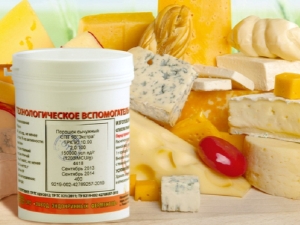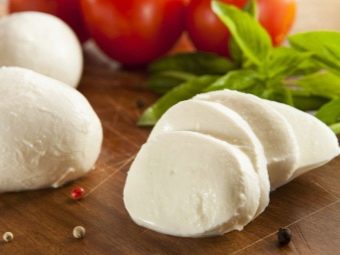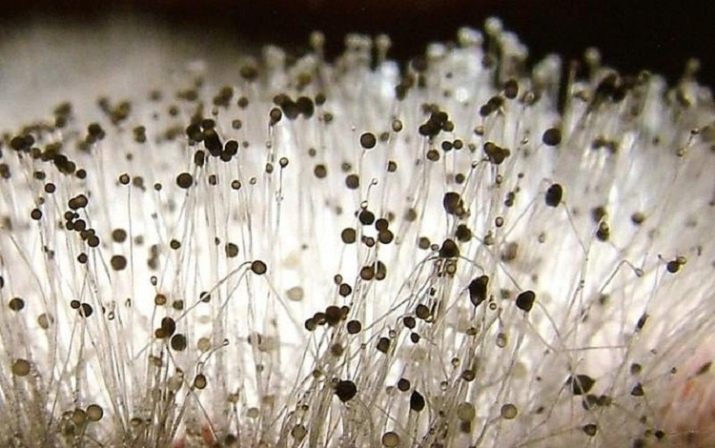Enzymes for cheese: what is it and what is needed for?

There is an increase in consumer demand for cheese along with the search for products with new organoleptic parameters, which has led to extensive research on alternative milk coagulants. The ratio of proteolytic activity to coagulation determines the requirements for the enzymes used in the process of cheese production.
Cheese is a product that occupies a special place in the diet of modern people. Due to the variability of the components used and the manufacturing technology, there are a huge number of product types that differ in taste, smell and texture. To date, experts disagree when trying to classify cheese, given from 500 to 5000 items. But almost every consumer will be able to choose a product to taste.
Description
The production of this product is one of the most ancient branches of the food industry. The study of the remnants of the Neolithic ceramics on the territory of modern Poland made it possible to obtain evidence that as early as 5 thousand years BC e. people processed milk. The production of cheese solved several problems:
- keep the main components of milk (proteins, fats, vitamins) for a long time;
- to translate the drink into a solid form, which provided a more convenient transportation (which is important for nomadic peoples);
- create a dairy product with a lower content of lactose.
Cheese is a fermented food product. It is obtained when the sugar in milk (lactose) is converted into lactic acid by the action of bacteria. The strains of lactic acid bacteria used to acidify a beverage are usually carefully selected and intentionally added as a starter. To date, widely used pepsin.
The basis of cheese production is the removal of moisture from milk by converting it into a thick mass. Dense material, which is obtained as a result of protein coagulation, will then become raw. This is cottage cheese, which can be used fresh, but to a greater extent it is widely used to create cheeses.
The curd is separated from the whey during the production process, which in turn is an important and valuable by-product. For varieties that differ in finished form with high humidity, the curd mass simply merges into forms, but for hard cheeses it is pressed.
The most popular types of additives used in industrial cheese making are vegetable, belonging to the cysteine and serine groups. Enzymes, which are based on microorganisms affecting milk protein, are widely used in cheese production due to low production costs and high organoleptic characteristics of the final product.
The use of plant and microbial dairy enzymes as an alternative to animal enzymes allows not only to diversify the range of cheeses on the market, but also to solve ethical and economic issues. In addition, herbal and microbial products comply with the principles of vegetarianism.
Modern technology includes the following steps:
- cooking milk;
- coagulation with proteolytic enzymes and the formation of curd mass;
- serum separation;
- curd slicing;
- kneading;
- laying under the press and on maturation.
A small amount of cheese consumed fresh, immediately after production. However, most varieties must ripen before they are consumed, for a period ranging from two weeks (for example, Mozzarella) to two or more years (for example, Parmigiano Reggiano or extra-mature Cheddar).
Active bacteria usually die after cheese is made, but continue to contribute to the maturation process of the product.
Enzymatic hydrolysis of casein
Presumably, the first cheese was the result of storing milk in bags from the stomachs of ruminants and stirring it during transport.Later, the active ingredients in this process were identified as pepsin and chymosin, better known as "rennet".
In milk, more than 95% of caseins are presented in the form of large colloidal particles or micelles, which precipitate during coagulation of κ-casein. Casein coagulation is a two-step process: enzymatic production of insoluble para-κ-casein and soluble macropeptide occurs. Cottage cheese is formed during the second stage (coagulation stage) as a result of the release of para-κ-casein at temperatures above 20 °.
Chymosin initiates milk coagulation during the cleavage of bonds in the κ-casein molecule. This bond is much more susceptible to acid proteases than other peptide bonds in the milk protein system.
Animal enzymes
All animal enzymes commonly used in industry belong to acidic, showing maximum activity in an acidic environment. They are characterized by a high content of dicarboxylic amino acids and low basic amino acids. The most famous enzyme is pepsin.
Chymosin is obtained from the intestine and traditionally used as a coagulant for the production of cheese. Milk-coagulating enzymes containing chymosin are obtained from young animals of different species and each of them has its own specific biochemical characteristics. Another enzyme of animal origin is pepsin. It can be found in the composition of the gastric juice of mammals, fish and reptiles.
Plant enzymes
Ethical, religious and economic factors led to the search for alternatives to animal rennet enzymes. Vegetable coagulants are used in cheese making in addition to animal enzymes. The first documentary mention of them refers to the 42 year. Thistle flowers and fig juice are listed as substances that stimulate milk coagulation.
Papain is the most widely used proteolytic enzyme of plant origin. In particular, in Indonesia, papain is used in the production of semi-hard cheeses. It was first isolated in 1879 from papaya latex. Bromelain is also used, which was isolated from the stems and unripe pineapple fruit. Milk thistle is also often used as a source of the necessary enzyme.
The most studied are the substances extracted from the Spanish artichoke, the flowers of which are traditionally used in cheese making by the peoples of the Mediterranean region. For centuries, artichoke flowers have been used in the preparation of goat and sheep cheeses in East Africa and Southern Europe. These cheese products have a delicate creamy texture and exquisite taste. Organoleptic indices are due to the broad substrate specificity of aspartic enzymes, which break down not only κ-casein, but α and β-casein. Proteases from the leaves and roots of the artichoke showed high clotting activity.
In addition to the release of substances from plant matter, of great interest are methods for their production by micropropagation. The use of technology has several advantages, the main of which is the possibility of obtaining a large amount of a homogeneous enzyme, which makes production economically viable.
In addition, these biotechnological methods of obtaining raw materials in the laboratory allow, regardless of climatic and seasonal conditions, to reduce the time required for the production of the final product and to overcome the difficulties that arise when extracting enzymes from natural raw materials.
Microbial milk coagulants
Rennet replacement can be carried out not only by plant enzymes, but also by pepsin-like substances of microbial origin. The advantages of microbial enzymes:
- low cost of production;
- meet the criteria of natural origin and vegetarian requirements.
Already in 1974, such substances were used in the production of 60% of cheese in the United States.The filamentous mushrooms that produced the enzymes are still of greatest interest for cheese making.
Known commercial preparations
The main global manufacturers of enzymes are:
- Danisco DuPont (Denmark);
- Mittal (India);
- Clarion Casein LTD (India);
- Fonterra (New Zealand);
- Walkoren (Canada);
- Makhan Belki Limited (India).
Russian manufacturers dominate the domestic market:
- "Plant of Endocrine Enzymes";
- Moscow Plant of Rennet Enzymes.
In the production of dairy enzymes, these enterprises use chimosin, beef pepsin and chicken in various proportions. In addition, there are commercial plant and microbial proteases on the market.
Pepsin is needed for the production of high-quality cheese, but it can be replaced with other enzymes, which is done in the food industry in order to reduce costs.
How to make your own enzymes for cheese, see the following video.






























